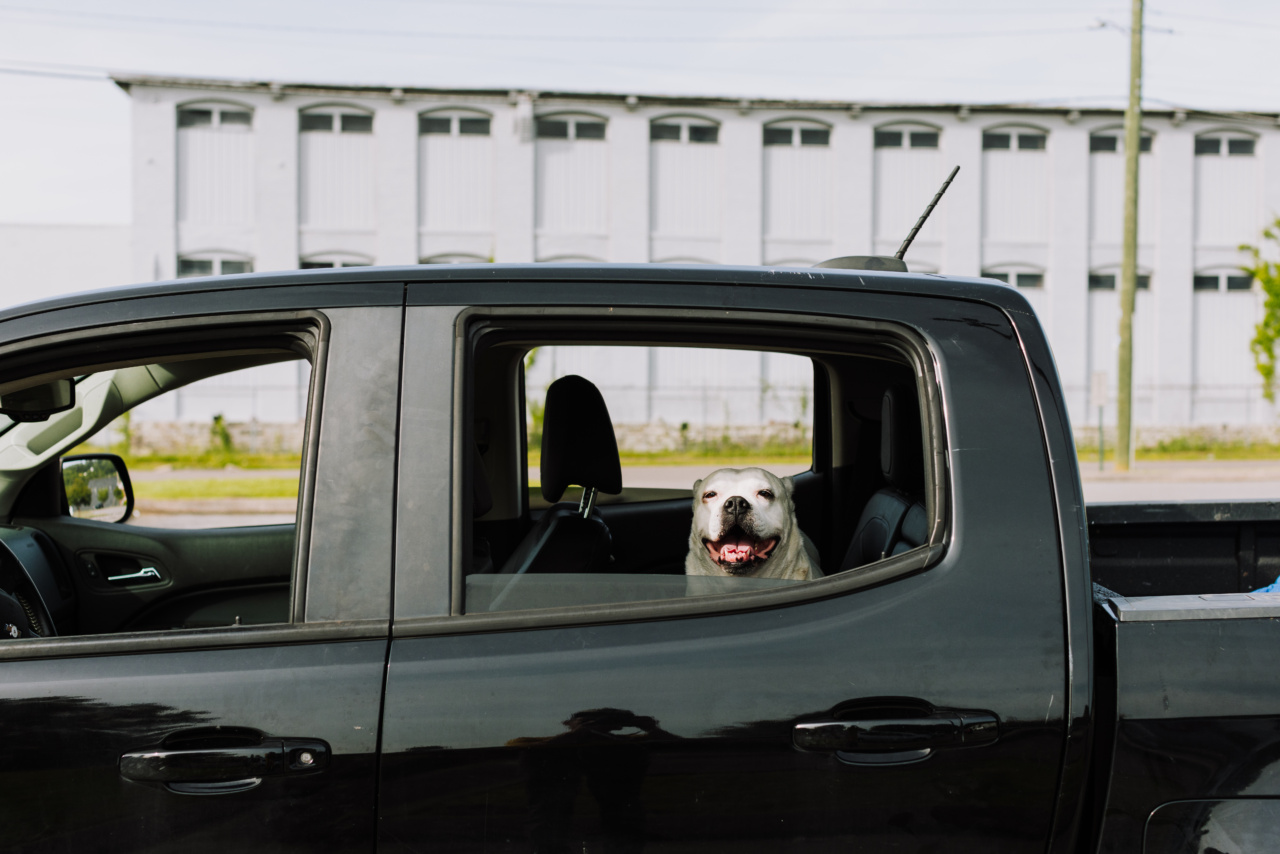If you are a proud dog owner, you know that traveling with your furry friend can be a fun and exciting experience. However, one common problem many dog owners face is excessive barking while traveling in the car.
Not only can this be annoying and distracting, but it can also be a safety concern. If you are tired of dealing with the constant barking, here are some effective tips to help you stop your dog from barking in the car.
1. Get Your Dog Familiar with the Car
One of the main reasons dogs bark in the car is because they may feel anxious or scared due to an unfamiliar environment. To alleviate this issue, gradually introduce your dog to the car in a positive way.
Start by allowing your dog to explore the car while it is stationary. Let them sniff around and get comfortable inside the vehicle.
2. Associate the Car with Positive Experiences
Try to create positive associations with the car by giving your dog treats or rewards whenever they get inside the vehicle. You can also provide them with their favorite toys or blankets to make them feel more at ease.
Over time, your dog will begin to associate the car with positive experiences, helping reduce their anxiety and barking tendencies.
3. Use a Comfortable and Secure Dog Restraint
A common reason why dogs bark in the car is due to discomfort or insecurity. Make sure your dog is properly restrained using a secure and comfortable dog harness or crate.
This will not only keep them safe but also minimize their ability to move around and bark excessively.
4. Gradually Increase Car Rides
If your dog has a strong dislike for car rides, it may be helpful to gradually increase their exposure to car rides. Start with short trips around the block and gradually increase the duration as your dog becomes more comfortable.
This will help them associate longer car rides with positive experiences, reducing their tendency to bark.
5. Provide Adequate Exercise Before Car Travel
A tired dog is a calm dog. Before embarking on a car journey, make sure to give your dog plenty of exercise to help burn off excess energy. A tired dog will be more likely to relax or even sleep during the car ride, rather than barking incessantly.
6. Utilize Calming Techniques
There are several calming techniques you can use to help relax your dog during car travel. Playing soft classical music can help create a soothing environment, as can using calming pheromone sprays or diffusers.
You can also try using a calming wrap or vest, which gently applies pressure to help reduce anxiety in dogs.
7. Don’t Reward Barking Behavior
Avoid giving attention or rewards to your dog when they are barking in the car. By doing so, you inadvertently reinforce this behavior. Instead, wait for moments of silence and reward your dog for their calm behavior.
This will help them understand that being quiet in the car is more rewarding than barking.
8. Seek Professional Help
If your dog’s car barking issues persist despite your best efforts, don’t hesitate to seek professional help from a certified dog trainer or behaviorist.
They can provide specialized guidance and training techniques to address your dog’s specific needs and tackle the problem effectively.
9. Gradual Desensitization to Triggers
Identify specific triggers that cause your dog to bark in the car, such as passing cars or loud noises.
Once you have pinpointed these triggers, work on desensitizing your dog to them by gradually exposing them to these stimuli in a controlled and positive manner. Over time, your dog will become less reactive and more relaxed during car rides.
10. Remain Patient and Consistent
Finally, it’s important to stay patient and consistent throughout the training process. Breaking a habit takes time, and every dog learns at their own pace.
By remaining patient, consistent, and using positive reinforcement, you will eventually see improvements in your dog’s behavior during car rides.






























